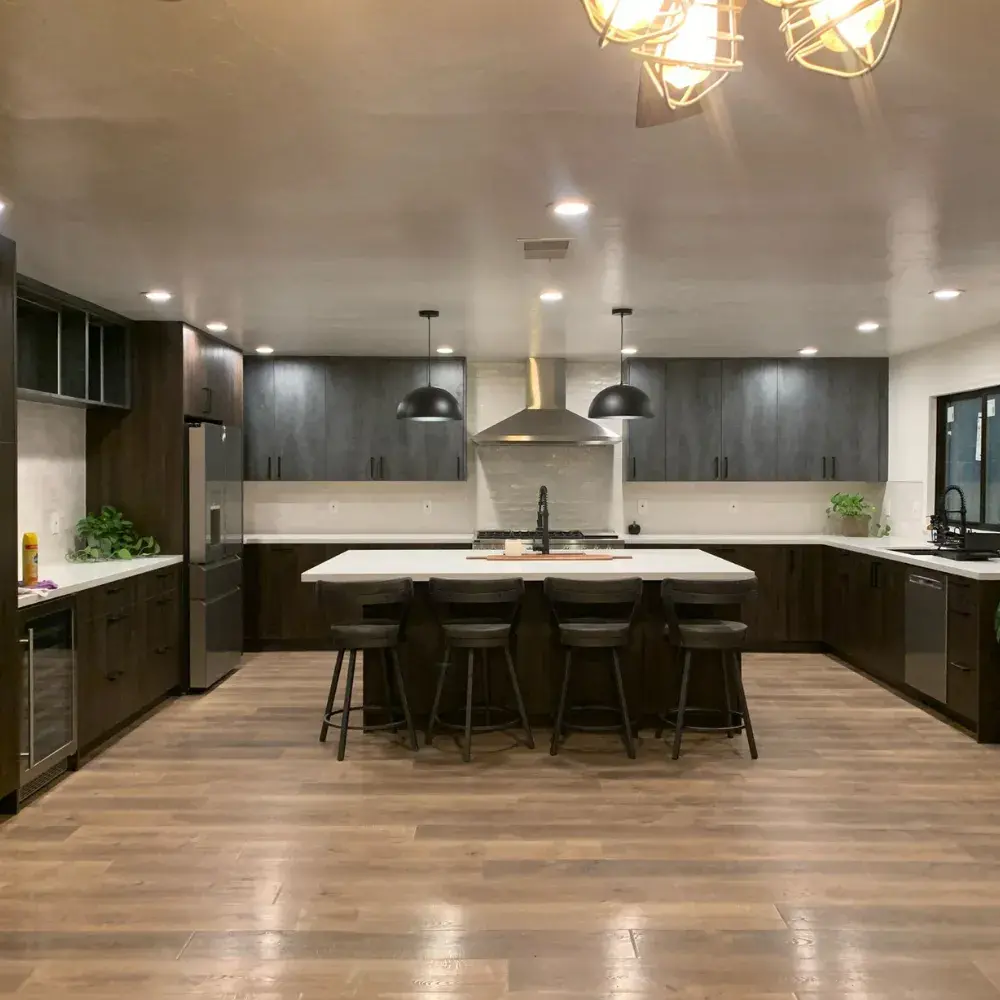Modern kitchen layouts are driven by more than just aesthetics—they’re the result of deliberate design thinking rooted in core concepts that prioritize lifestyle, space efficiency, and evolving technology. Today’s kitchens are no longer isolated work zones but integrated social hubs that serve multiple purposes. Behind every seamless space is a careful balance of proportion, flow, and intentional zoning that reflects the changing dynamics of modern living.
Optimizing Flow with the Work Triangle
One of the foundational principles in layout planning is the work triangle, which connects the cooktop, sink, and refrigerator in a practical configuration. This method has evolved to accommodate new technologies and larger spaces, but the core idea remains the same: reduce unnecessary movement and enhance workflow. In many modern kitchens, this triangle adapts into more complex zones, offering flexibility without sacrificing efficiency. Professionals often use this concept as a starting point when creating a functional kitchen design that adapts to real-world use.
Incorporating Multi-Functional Zones
Today’s homes demand versatility, and modern kitchen layouts reflect that by integrating zones for everything from food prep and cooking to work-from-home stations and entertainment areas. These zones are designed to coexist harmoniously, ensuring each activity has its own space without disrupting others. Strategic zoning also accommodates shared use—whether it’s multiple cooks in the kitchen or family members moving through the space. This layered functionality is what makes contemporary layouts so adaptive and responsive.
Balancing Openness and Structure
Open-plan living continues to influence kitchen layout trends, but smart design ensures that openness doesn’t come at the expense of structure. Professionals achieve this by using visual cues, lighting, and material changes to subtly define areas within a single cohesive space. The result is a kitchen that feels integrated yet organized, where every zone has a purpose. This principle supports a more natural flow and enhances the visual depth of the overall kitchen design.
Future-Proofing Through Flexibility
Designing with adaptability in mind is essential in today’s fast-changing world. Whether planning for aging in place, expanding families, or evolving technologies, a well-structured layout anticipates change. Features like mobile islands, expandable countertops, and modular cabinetry are no longer luxuries—they’re necessities for a kitchen that grows with its users. By grounding modern layouts in forward-thinking design, professionals create spaces that are both timeless and transformative.
Learn More

